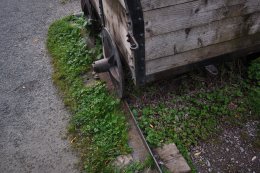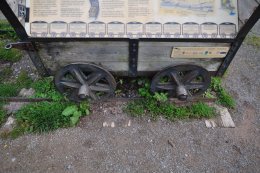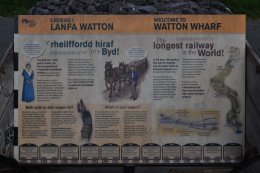Michel Van den Berghe
2016-07-18 19:24:47 UTC
Usually, wheels are between the rails. But in Brecon, rails where
between the wheels.
Loading Image...
Loading Image...
Loading Image...
between the wheels.
Loading Image...
Loading Image...
Loading Image...
--
Michel Van den Berghe
http://www.rail-be.net/Wordpress/
Although strange the email adress works
Michel Van den Berghe
http://www.rail-be.net/Wordpress/
Although strange the email adress works